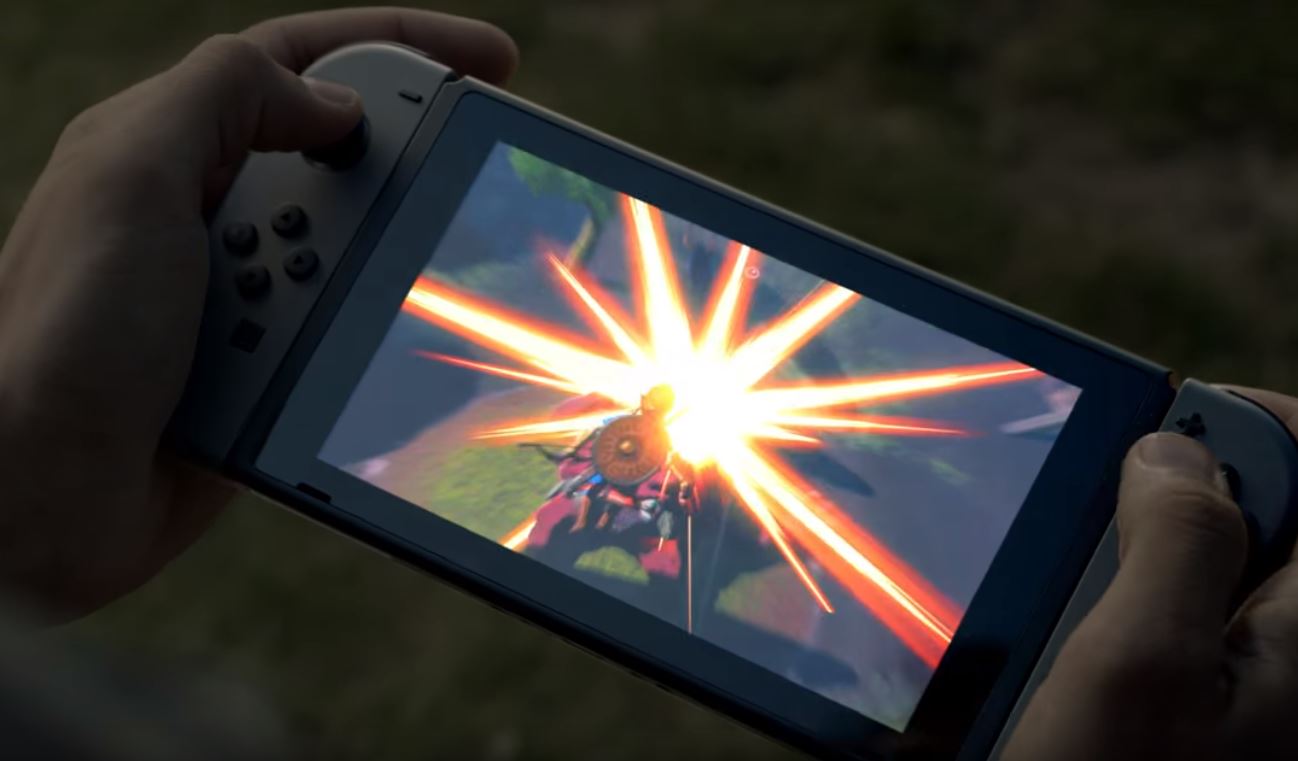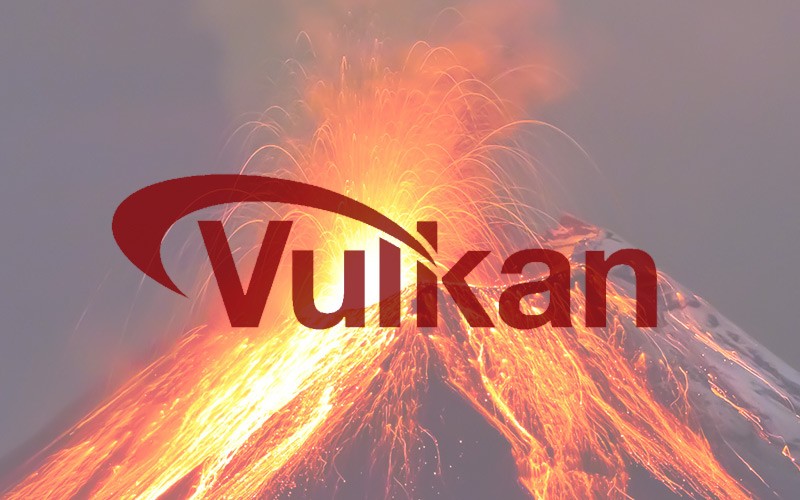Chronos Group (developers of the Vulkan and Open GL) updated their “Conformant Products” list, revealing that the Nintendo Switch supports Vulkan, Open GL 4.5, and Open GL ES.
The list was updated recently, showing developers that they’ll be able to choose between the three APIs during the development of the Nintendo Switch titles.

The most interesting is the Vulkan support. Vulkan API got released during February 2016, bringing some large improvements over the older Open GL APIs. The technology was called OpenGL next during the development phase. Vulkan focuses on reducing CPU load with batching, improved multi-core CPU scaling, and reduced driver overhead.
The API will be improved, since Khronos confirmed it is working on the API, adding more features such as better multi-GPU support, VR support (along with more efficient multi-view rendering and direct screen access), a rigorous memory model, subgroup instructions, generalized renderpass / subpass dependencies, and cross-API and cross-process sharing.

Unity added support for Vulkan API recently (with Unity 5.6 beta) offering up to 60 percent improved rendering performance, but Vulkan is still far away from being popular as Microsoft’s DirectX 12.
Specs wise, Eurogamer reports that Nintendo Switch features Tegra X1 chip, with downgraded clocks. CPU clock is halved (it runs at 1020 MHz), while the GPU runs at 307.2 MHz in portable mode and 768 MHz in docked mode. For instance, the same chip is used in Shield Android TV, where the GPU runs at 1GHz. It seems the games developing for the Nintendo Switch will have to be super optimized in order to provide decent frame rates at 720p resolution (portable mode) and 1080p resolution, used when the console is docked.
